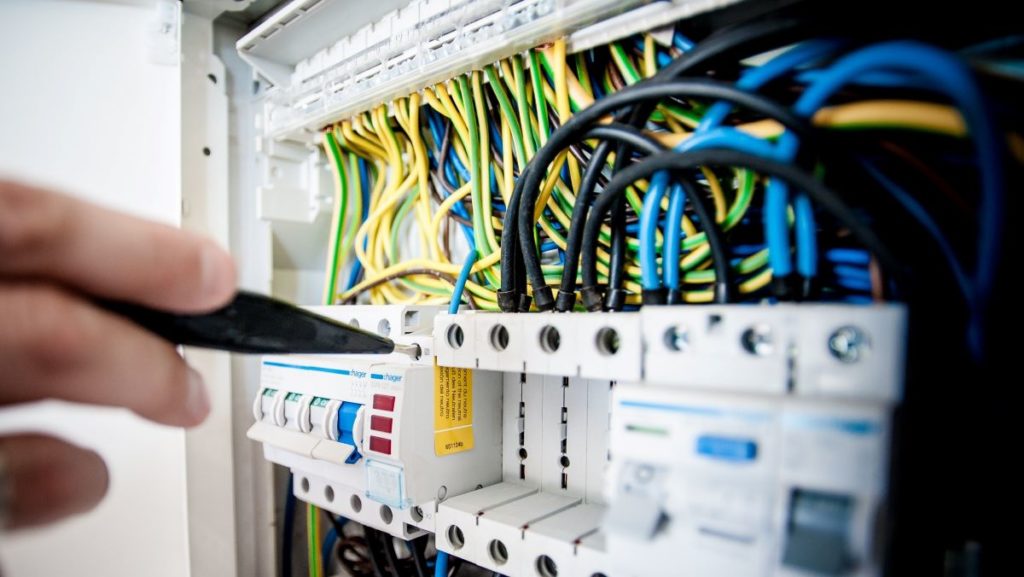Featured image from Pixabay on Pexels
Effective cable management delivers many benefits and isn’t hard to do.
Why You Need Cable Management
Despite the rising use of wireless connections, it’s inevitable that some parts of any data network will require a cable or even several cables, whether copper or fiber optic. In the data center itself, for example, there are racks and cabinets, all of which require a host of cables to link components together and to power them.
It’s easy for these cables to degenerate into a rat’s nest of tangled leads that makes troubleshooting problems a nightmare. Effective cable management, on the other hand, delivers many benefits and isn’t hard to do.
RELATED ARTICLE: 6 TYPES OF SOFTWARE YOU NEED FOR YOUR BUSINESS
Benefits of Cable Management
Structured data cabling is at the heart of any effective network. Moreover, keeping your cables tidy and properly labeled can improve the performance of all the systems within the network. Having power and data cabling separated, for example, reduces the chance of cross-interference between them.
Tidy cables are invaluable when it comes to troubleshooting problems as it’s far easier to trace individual connections. This is doubly so if everything is properly labeled and documented. Good cable management will also serve to improve the cooling of your racks. This is because with cabling neatly routed, there is less to impede the flow of air through the system components.
When you need to expand or upgrade your systems, this is also simplified. This is because you can add additional devices or racks following the same cable management scheme.
Tips for Better Cable Management
So, what are some of the things you can do to keep your cabling in good shape and ensure that you don’t run into problems in future?
Label Everything
Labeling can seem a bit of a chore, but when it comes to good cable management it’s always worth the effort in the long run. Labeling both ends of network cables, power cables, and any other cables in your installation makes them much easier to trace when you need to. Make sure that you follow a consistent scheme of numbering and color-coding and stick to it for any new additions or changes.
Use the Right Length
It’s always tempting to reach for the first cable that comes to hand and plug it in. But if it’s too long, the excess gets in the way and makes things untidy. It’s worth the effort of making up custom patch cables to the length you need so that they can be neatly routed. This makes for better cable management. A side benefit here is that you reduce waste by only having the length of cable you need.
Don’t Do the Twist
For more effective cable management, always try to avoid twists and sharp bends in your cables. Although they seem tough, they can be damaged by this kind of mistreatment; constant bending and movement can lead to loss of performance.
Terminate Properly
Making up connections can be a fiddly task but it’s worth taking the time to do it right. Rushing the job to get it done leads to poor cable management. Plus, it is likely to create problems later. If the connection is lost when you move the cable then it needs re-doing.
Quality Counts
Buying cheap cables can be a recipe for disaster when it comes to cable management. Good quality copper cables may cost more initially but they will pay off in the long run. Cheap cables often use thinner cores which are more likely to break or stretch when handled.
Separate Different Types for Better Cable Management
Keeping different kinds of cable separate simplifies their long-term management. This applies not only to keeping power leads away from data leads, but also to separating phone and data connections. Using different colored patch leads for different jobs helps here, too.
Use the Right Tie
Nylon cable ties are cheap and convenient, but when you need to make changes, you end up needing to cut and replace them. This is not only wasteful but it can lead to things getting untidy. Many people are now, therefore, switching to Velcro-type fastenings. These hold the cables securely but ensure that it is easy to make changes. This makes for better cable management in the long run.
Cabling Solutions
There are a number of solutions you can use to manage your cables. In the racks, you can use either horizontal or vertical cable managers. These are designed to ensure that your cables are tidy and protected accidental knocks. They also give you something to fasten bundles of cable to.
If you are running cables between racks or to a different part of the building, then cable trays are the most common solution. These keep cables tidy and can be run on the floor or through suspended ceilings.
Finally, to connect your systems to the wider building, you will need a patch panel. This has numbered ports making it easy to identify where cables are going to and simplifying things if the office is reorganized or people move desks. Patch panels are available for both copper and fiber systems.
